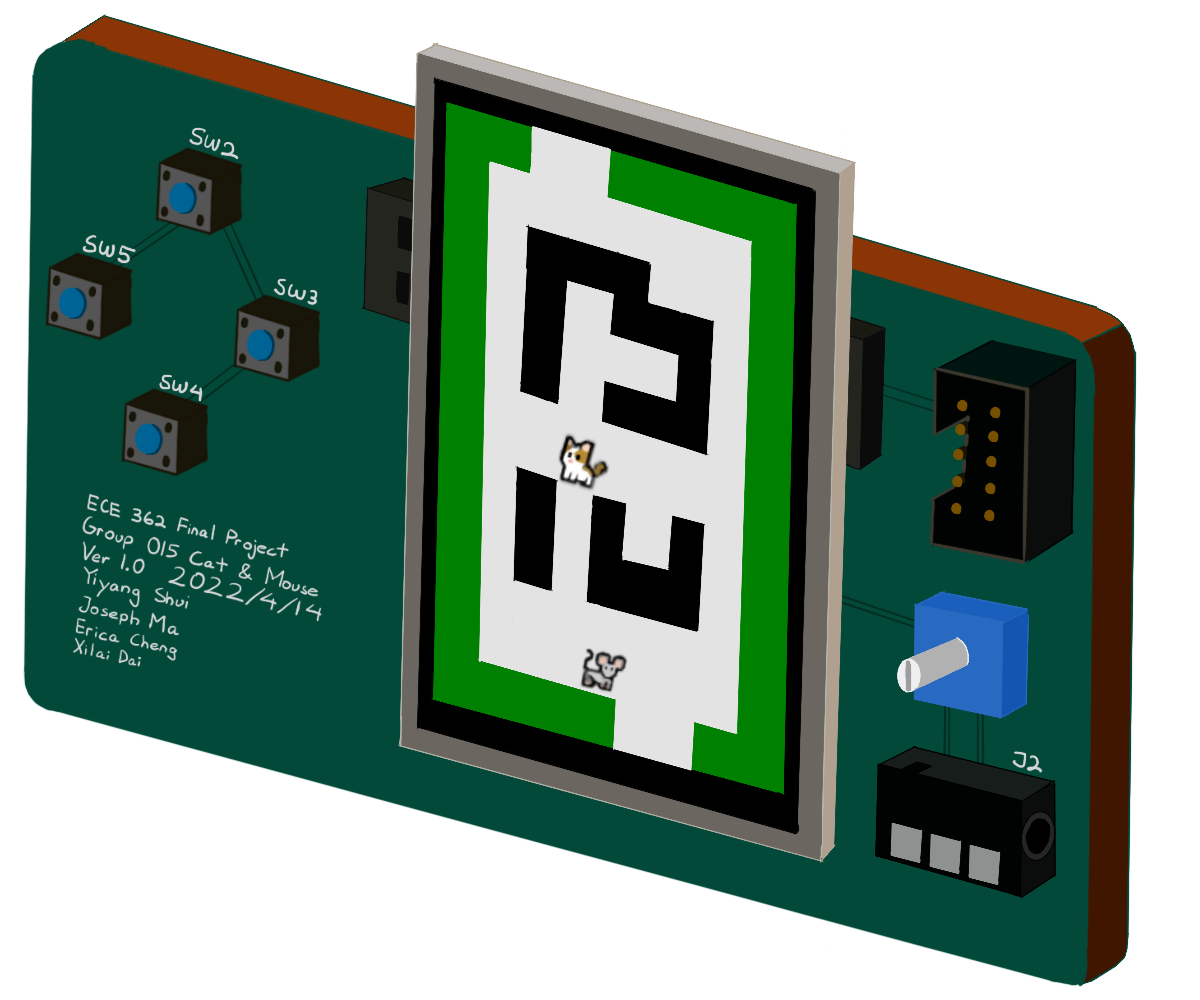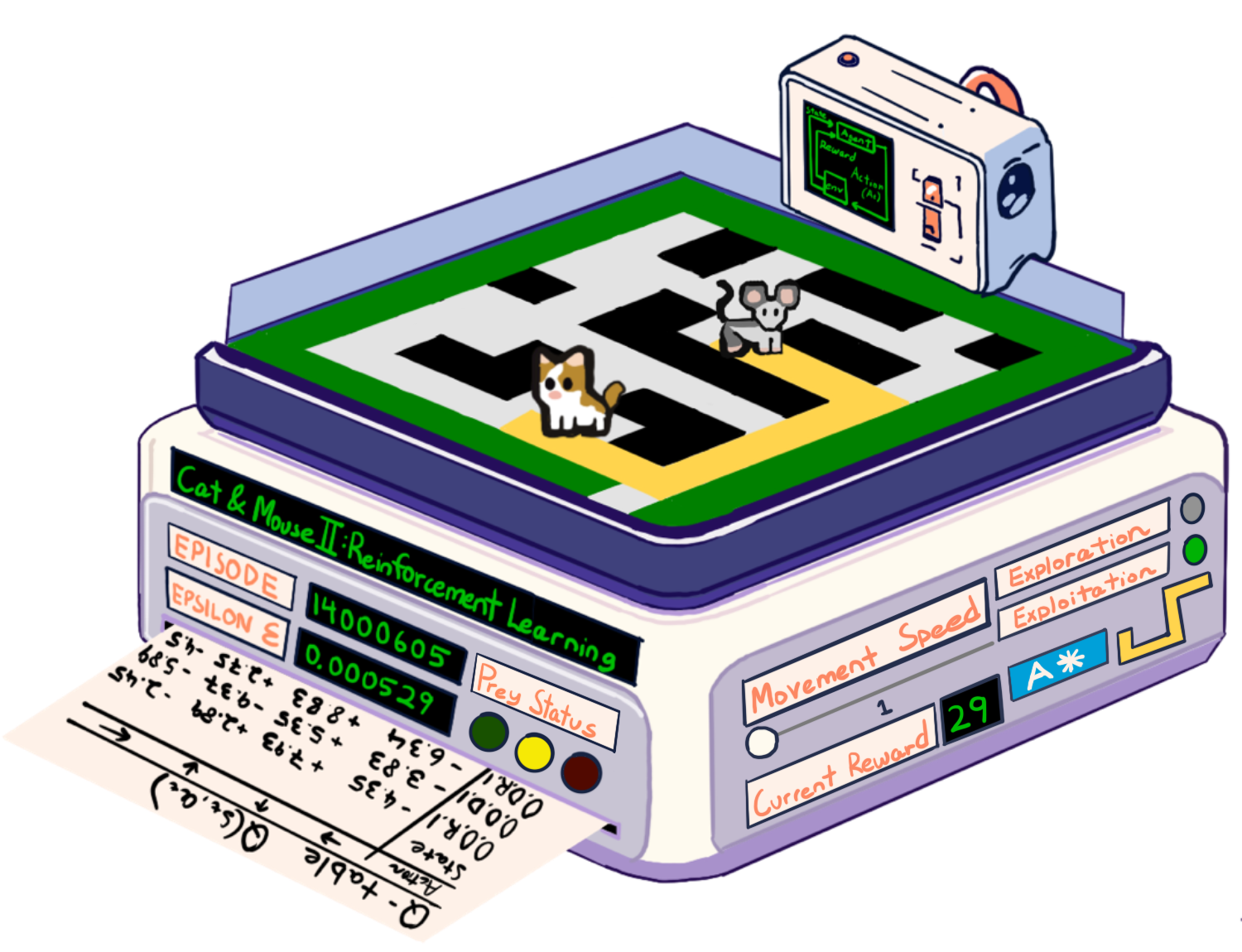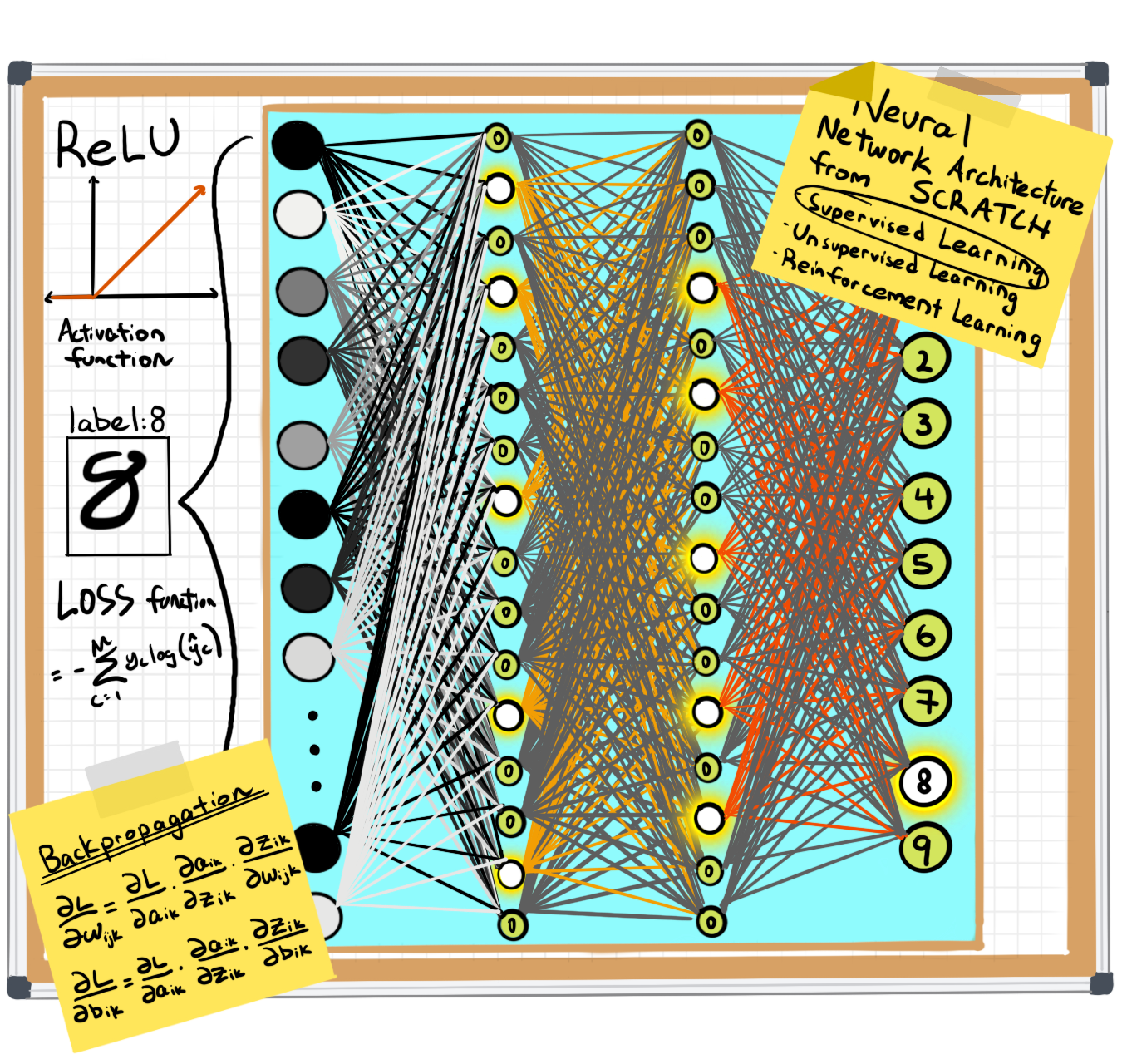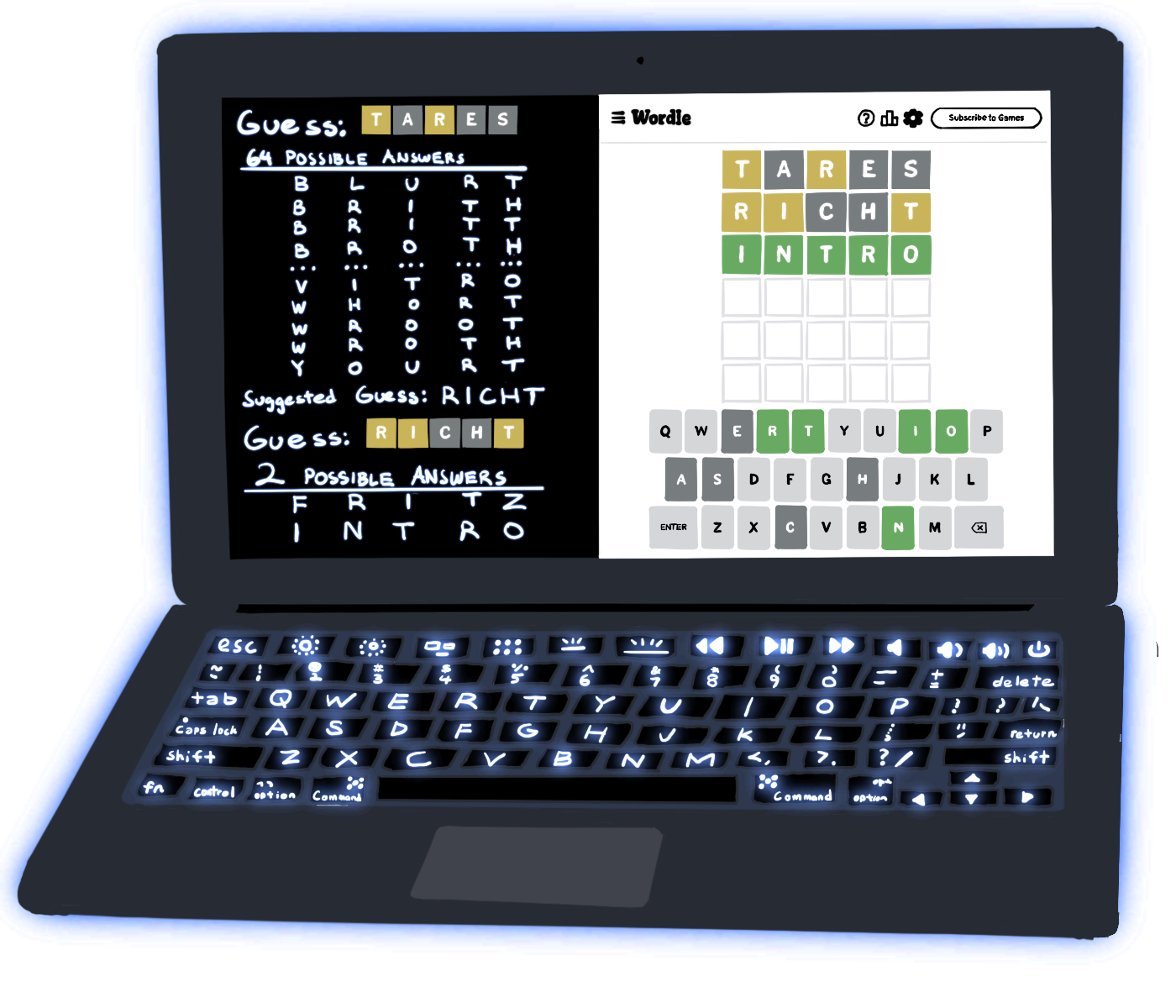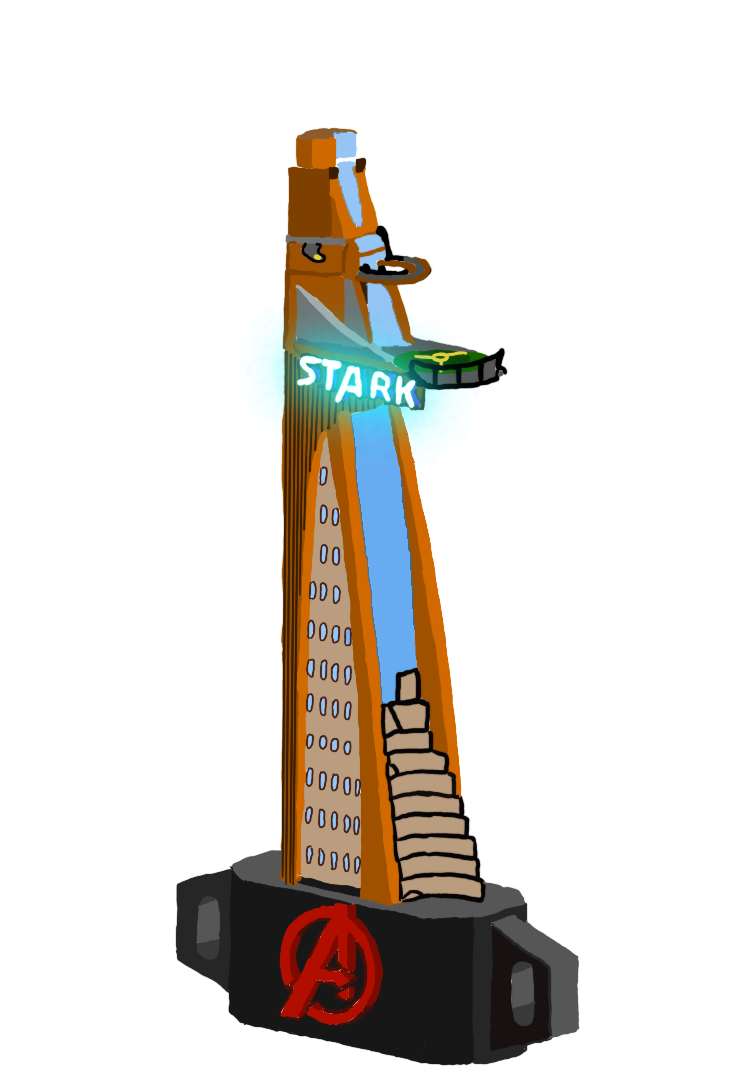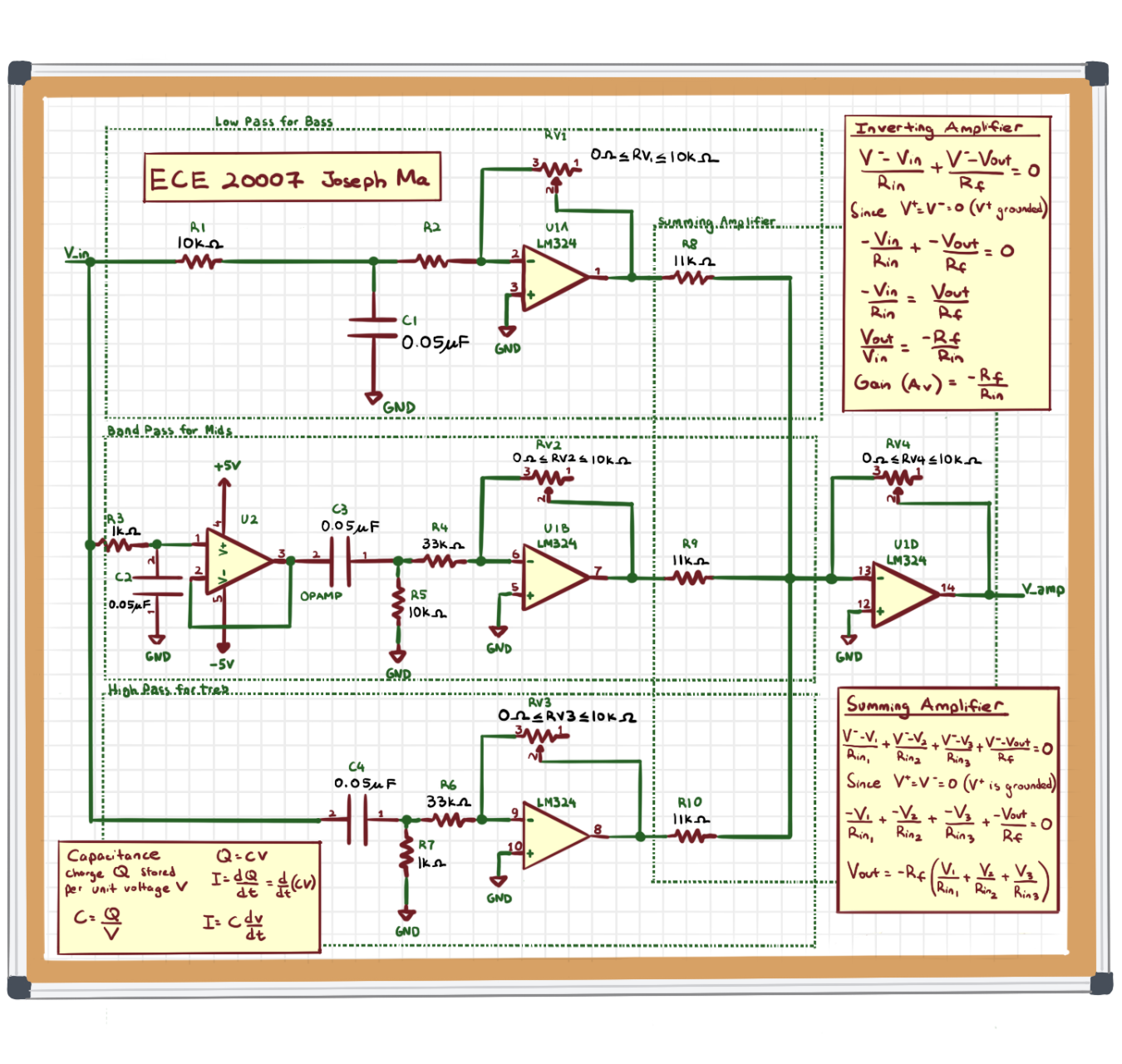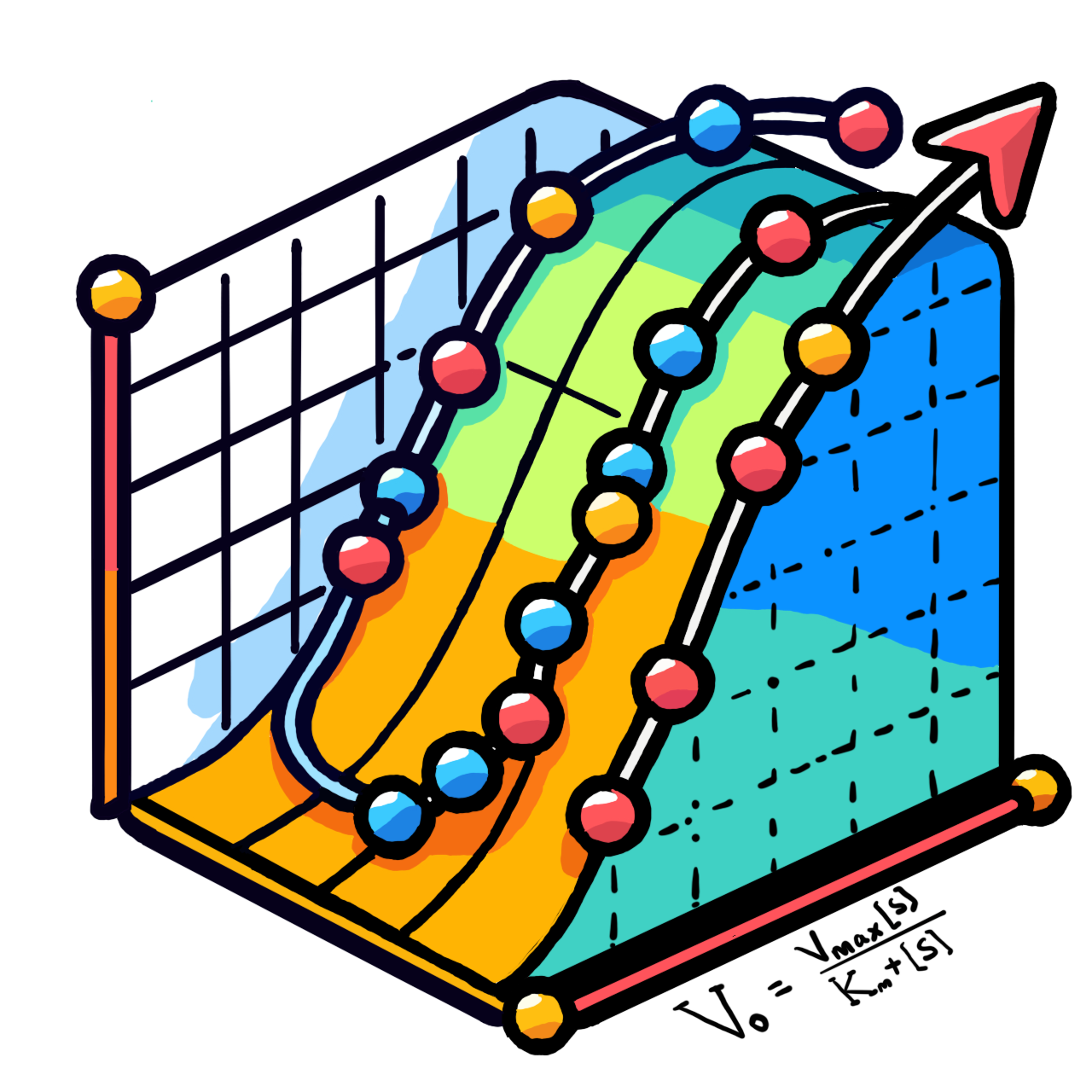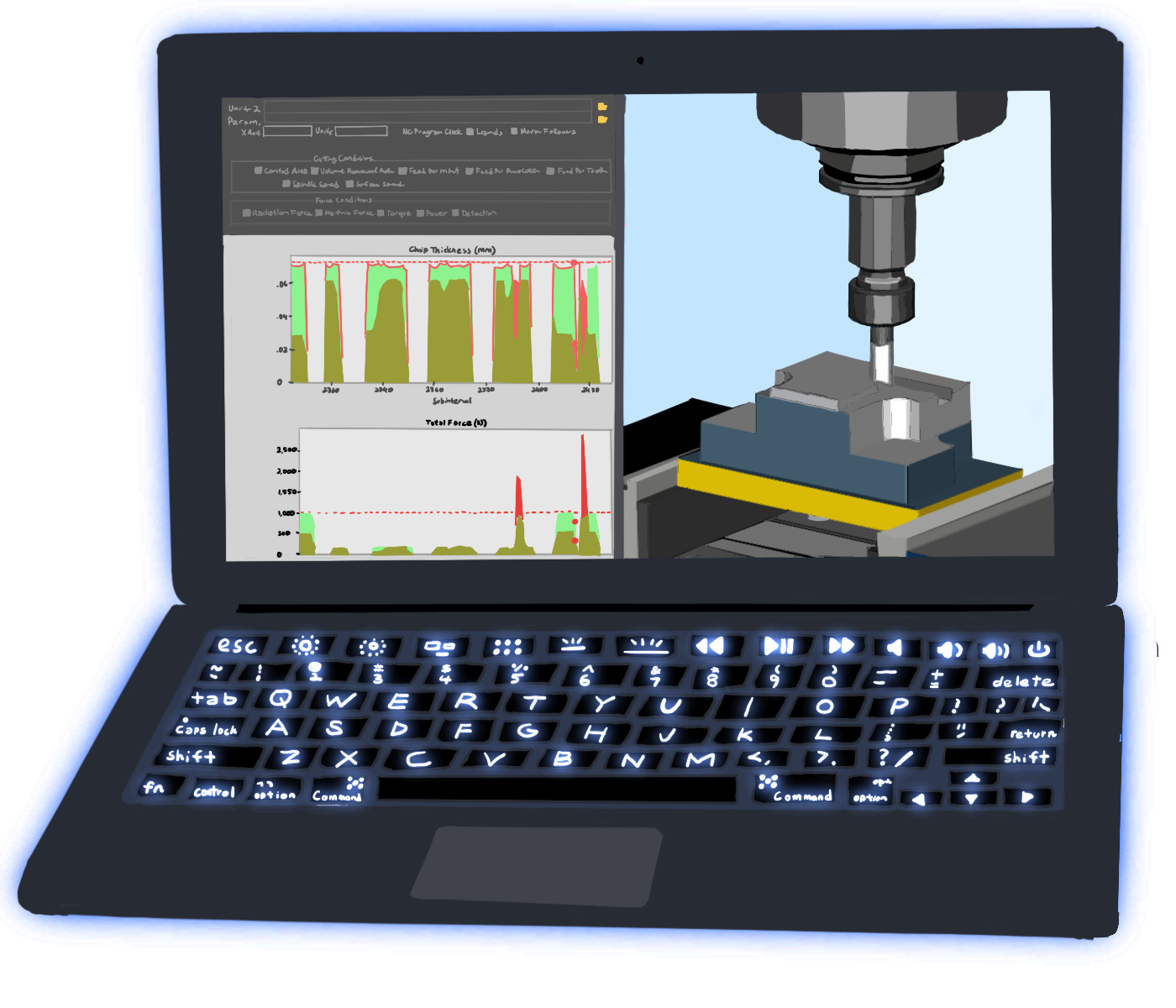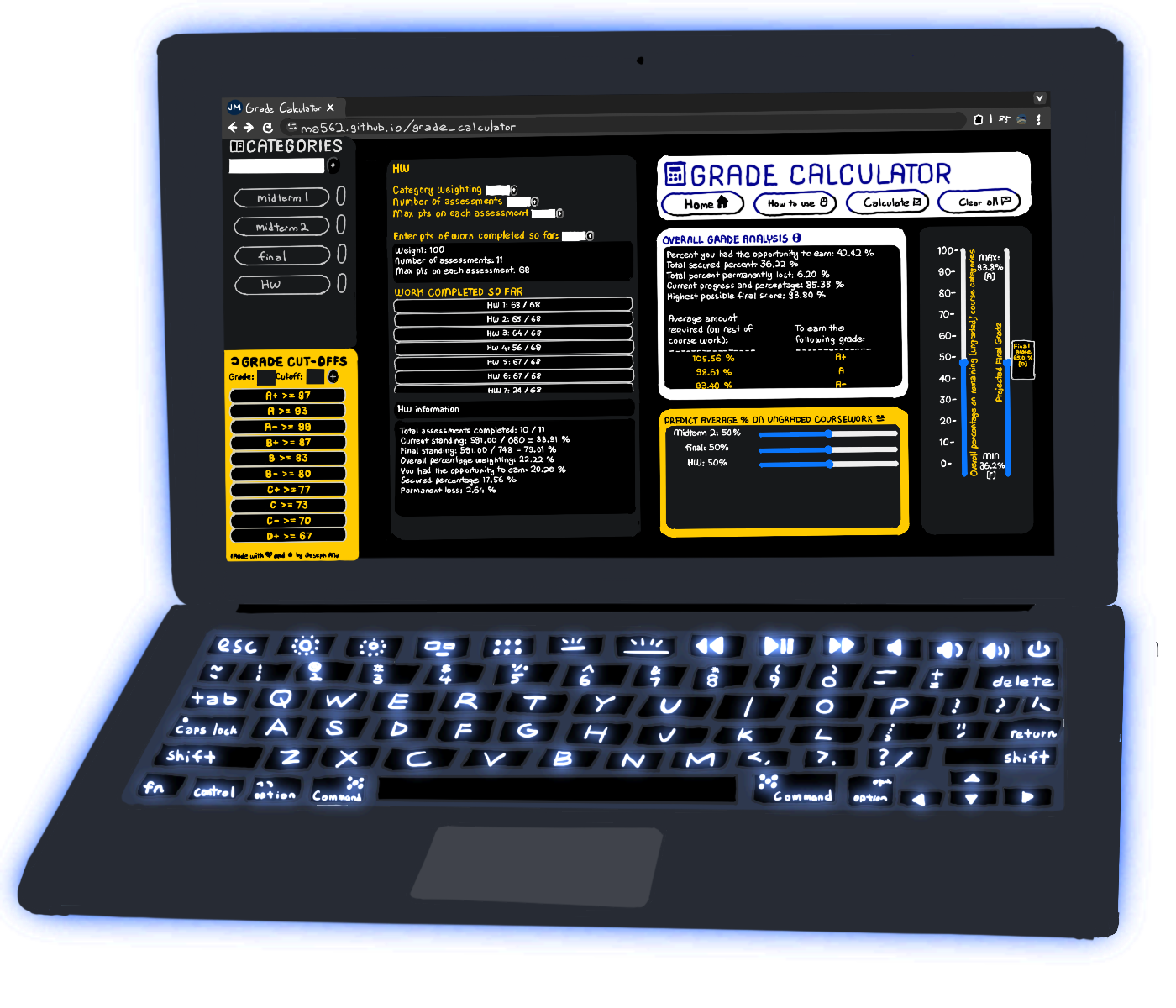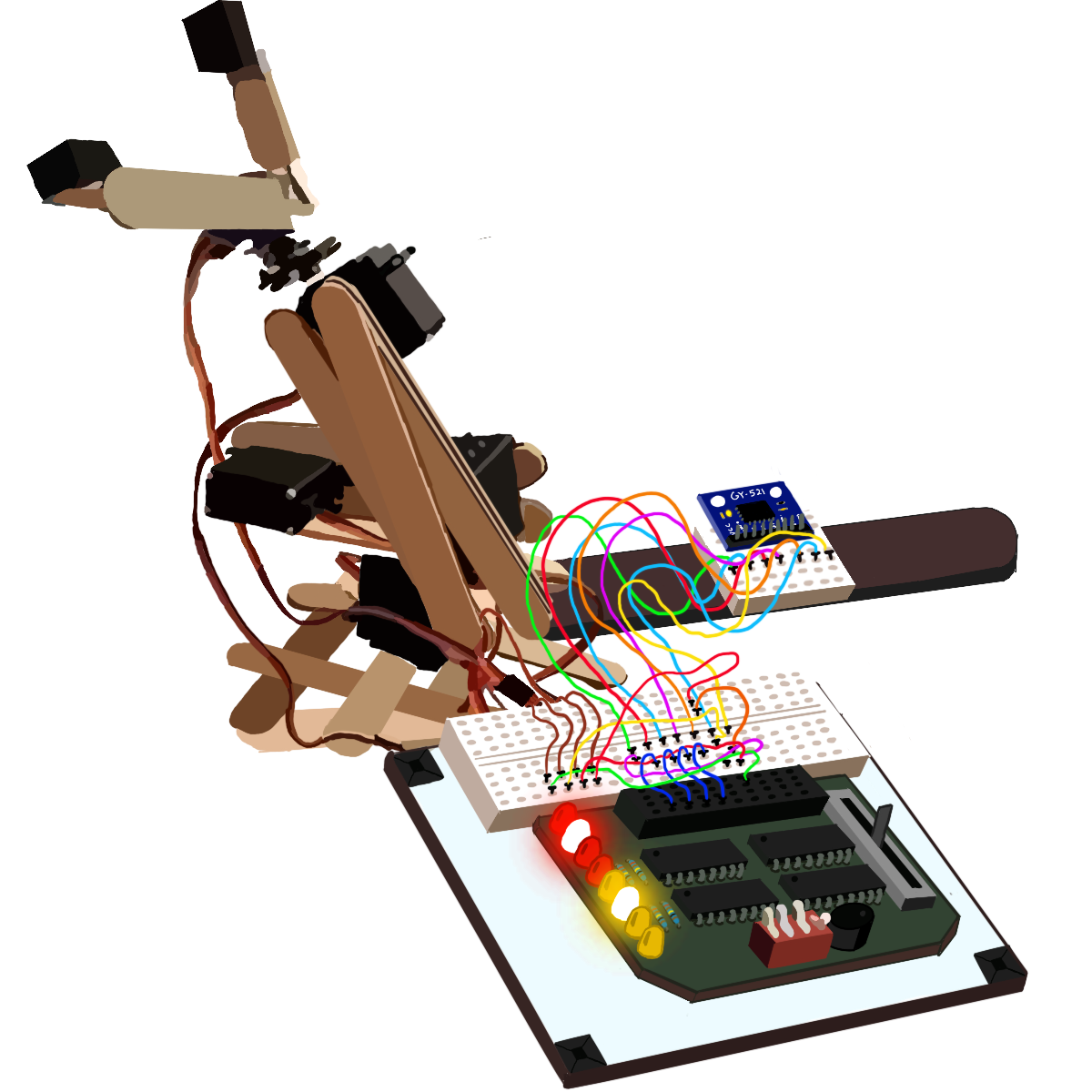About me

I am currently pursuing my master's degree in Electrical and Computer Engineering at Purdue University ECE. While my core focus is embedded systems and firmware, I often work across the stack, whether that means stepping into software development and networking or digging into circuit design and hardware-level debugging.
Most recently, I was at Amazon Robotics as an Embedded Firmware Engineering Co-op working on Proteus, their first autonomous robot. Before that, I interned with the Walt Disney Company as an Attractions Engineer, where I worked on IoT and embedded systems for live deployment on one of their rides. At Purdue, I also serve as a Graduate Teaching Assistant for ECE 362: Microprocessor Systems and Interfacing, where I guide students through labs using ARM-based microcontrollers and embedded C.
As for my personal projects, many of them branch beyond embedded systems into areas like machine learning which is a topic I've been diving deeper into. Want to see more? Check out the Projects section for detailed writeups, interactive demos, and a showcase of 13+ completed projects, with more on the way.
Beyond tech, I find joy in activities such as biking, swimming, watching movies, and occasionally expressing my creativity through digital art + UI/UX design. Feel free to visit the Memories section, where you can discover more about what I've been up to and even set a new homepage background.




